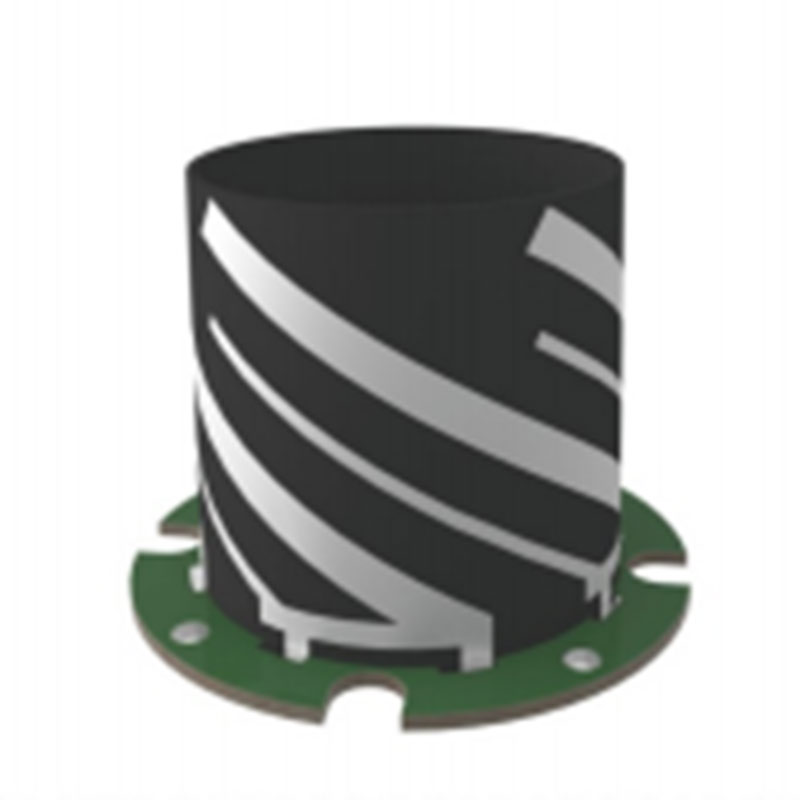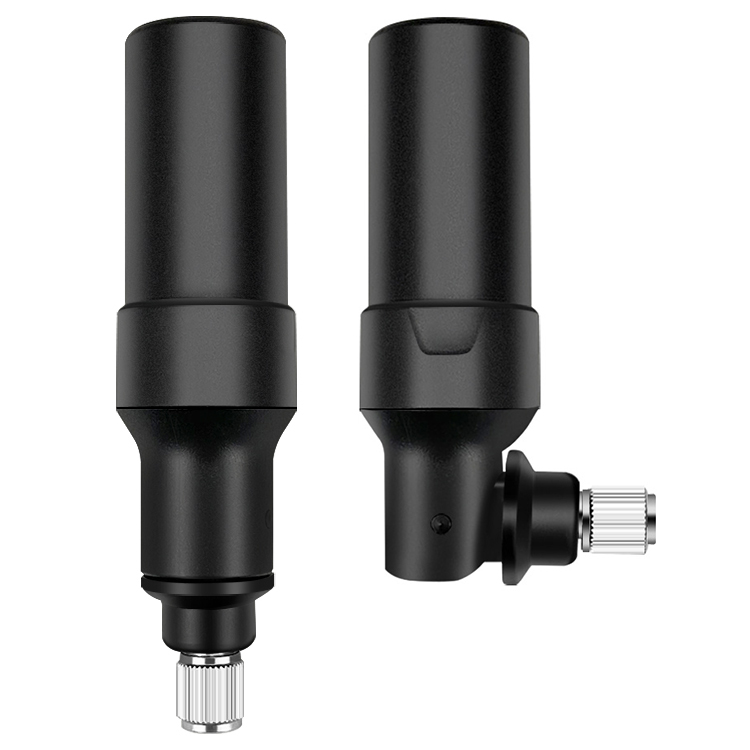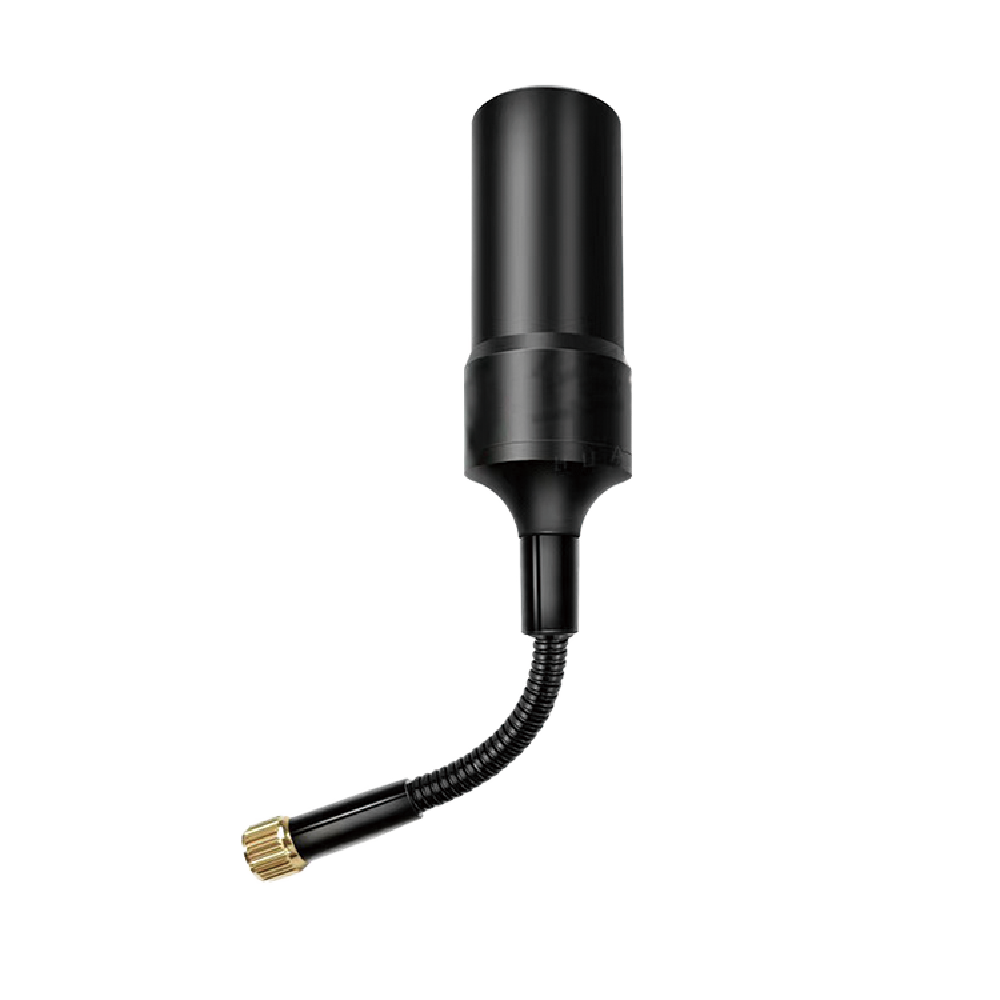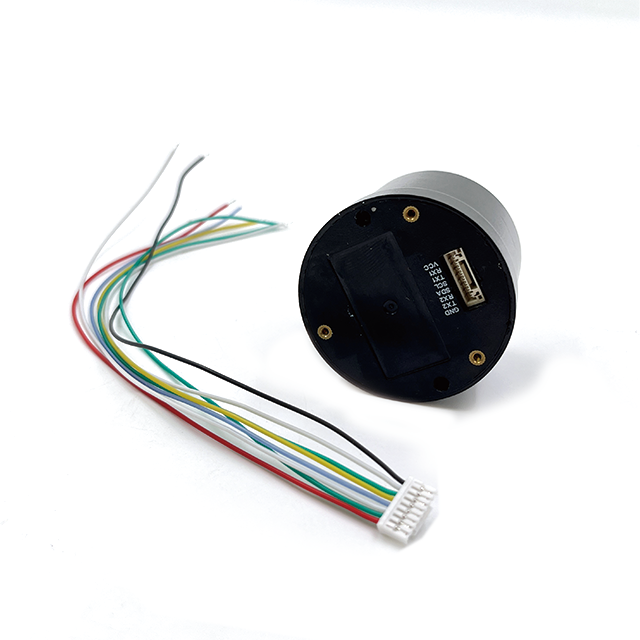The omni-directional GNSS antenna is the enabling technology for the most demanding and valuable UAV applications, where precision and reliability are paramount.
Applications:
Corridor Mapping: Mapping long, linear features like roads, railways, pipelines, and power lines requires the UAV to fly long, straight passes often with crosswinds that necessitate constant banking. The omni-directional antenna is essential for maintaining accuracy throughout these maneuvers.
PPK/RTK Aerial Surveying and Photogrammetry: For creating centimeter-accurate digital terrain models (DTMs) and orthomosaics for surveying, construction, and mining. The antenna ensures every image is accurately geotagged, enabling the reduction or elimination of ground control points.
Precision Agriculture: For missions like field mapping, crop health analysis, and variable-rate application (VRA) of inputs, where precise flight paths are necessary to avoid overlaps and gaps.
LiDAR and Mobile Mapping: UAV-based LiDAR systems are exceptionally sensitive to positional errors. The high-quality GNSS data from an omni-directional antenna, tightly coupled with an IMU, is critical for achieving the required point cloud accuracy.
BVLOS (Beyond Visual Line of Sight) Operations: Regulatory approval for BVLOS flights requires demonstrating extreme reliability in navigation. The robust GNSS performance provided by this antenna is a foundational element of the safety case.
Search and Rescue / Public Safety: Drones used in emergency response need to navigate complex environments and hold position reliably in windy conditions, all while providing accurate location data for found objects or persons.
Future Trends:
Tighter GNSS-IMU Integration: The future is moving towards fully integrated GNSS-Inertial Navigation Systems (GNSS-INS) where the antenna, receiver, and IMU are co-located in a single, factory-calibrated unit. This eliminates lever arm measurement errors and simplifies integration.
Multi-Antenna Systems for Heading: Using two omni-directional antennas on a UAV (a primary and a secondary) allows the system to calculate heading with extremely high precision based on the carrier-phase difference between them, providing a reliable heading source even when stationary.
Anti-Jamming and Anti-Spoofing (AJS): As airspace becomes more crowded and security concerns grow, future UAV antennas will incorporate advanced AJS capabilities, using controlled radiation pattern arrays (CRPAs) to nullify interfering or malicious signals.
L5/E5a/B2a Band Optimization: Future antennas will be specifically optimized for the new civilian signals (L5, E5a, B2a) which offer higher power, better multipath resistance, and improved ionospheric correction capabilities.
Further Miniaturization: Advances in metamaterials and ceramic substrates will allow for more compact omni-directional designs with performance equal to or better than today's larger antennas, enabling their use on smaller UAV platforms.
Conclusion
The omni-directional GNSS UAV antenna is far more than a simple receiver of satellite signals. It is a highly specialized, precision-engineered system that serves as the unwavering navigational heart of the modern professional UAV. It solves the fundamental problem of maintaining a continuous, high-integrity connection to the satellite constellation amidst the dynamic and electromagnetically noisy environment of an unmanned aircraft in flight.
Its value is measured not in its individual specifications, but in the capabilities it unlocks: the execution of complex flight paths, the collection of survey-grade geospatial data, and the assurance of operational safety. By providing a stable phase center and a resilient hemispherical view of the sky, it enables the centimeter-level accuracy that has revolutionized industries from agriculture to construction.
While it presents challenges in terms of cost, size, and integration, these are investments in reliability and data quality. The future of autonomous UAV flight, particularly in complex airspace and for BVLOS operations, is inextricably linked to the continued evolution of this critical technology. It is the silent, steadfast guardian of positional truth, the unblinking eye that allows drones to not only fly but to measure the world with unparalleled accuracy. In the journey towards fully autonomous aerial systems, the omni-directional GNSS antenna remains an indispensable and foundational enabler.




































































 Language
Language
 En
En Cn
Cn Korean
Korean

 Home >
Home > 








 18665803017 (Macro)
18665803017 (Macro)













